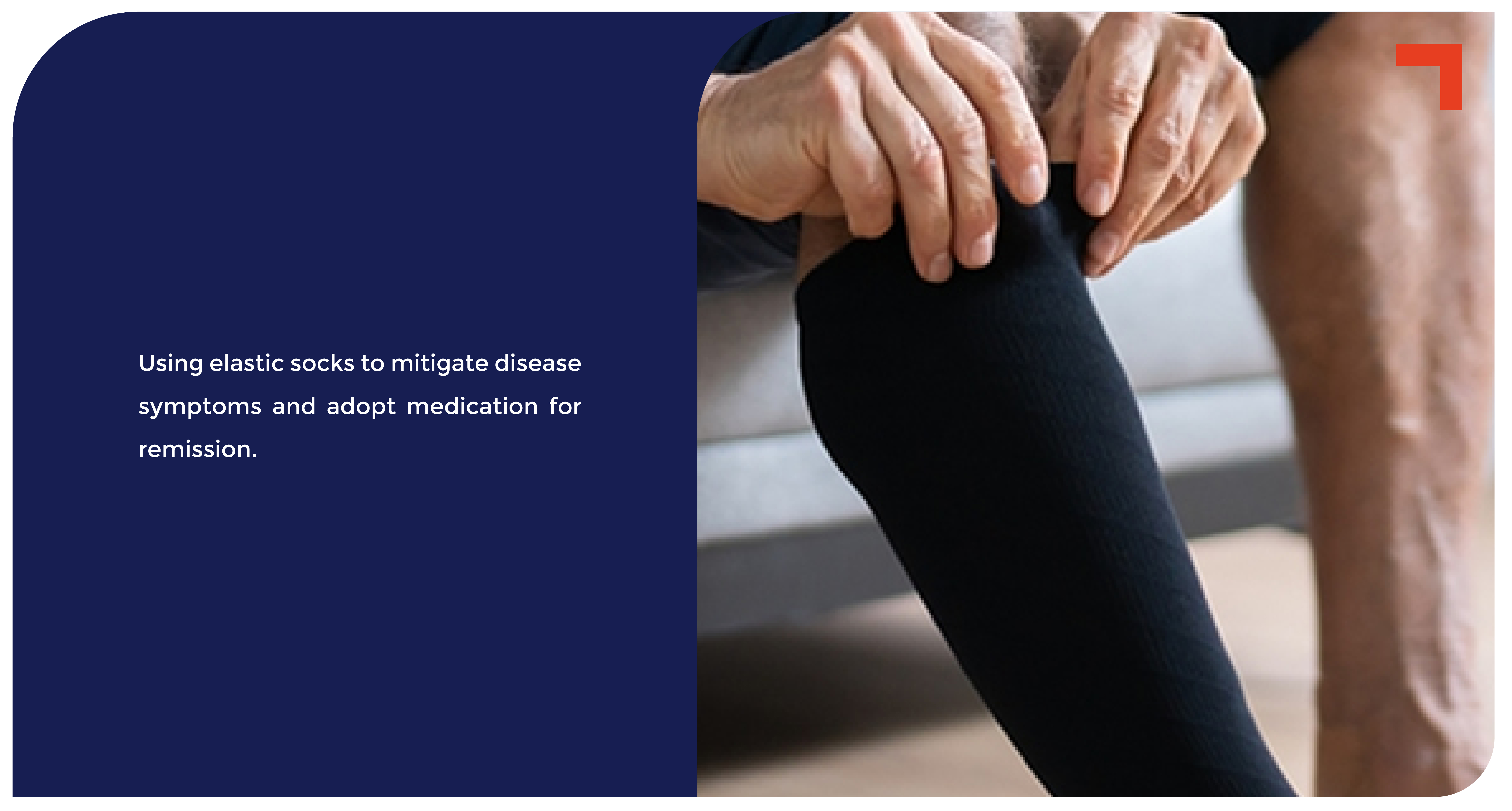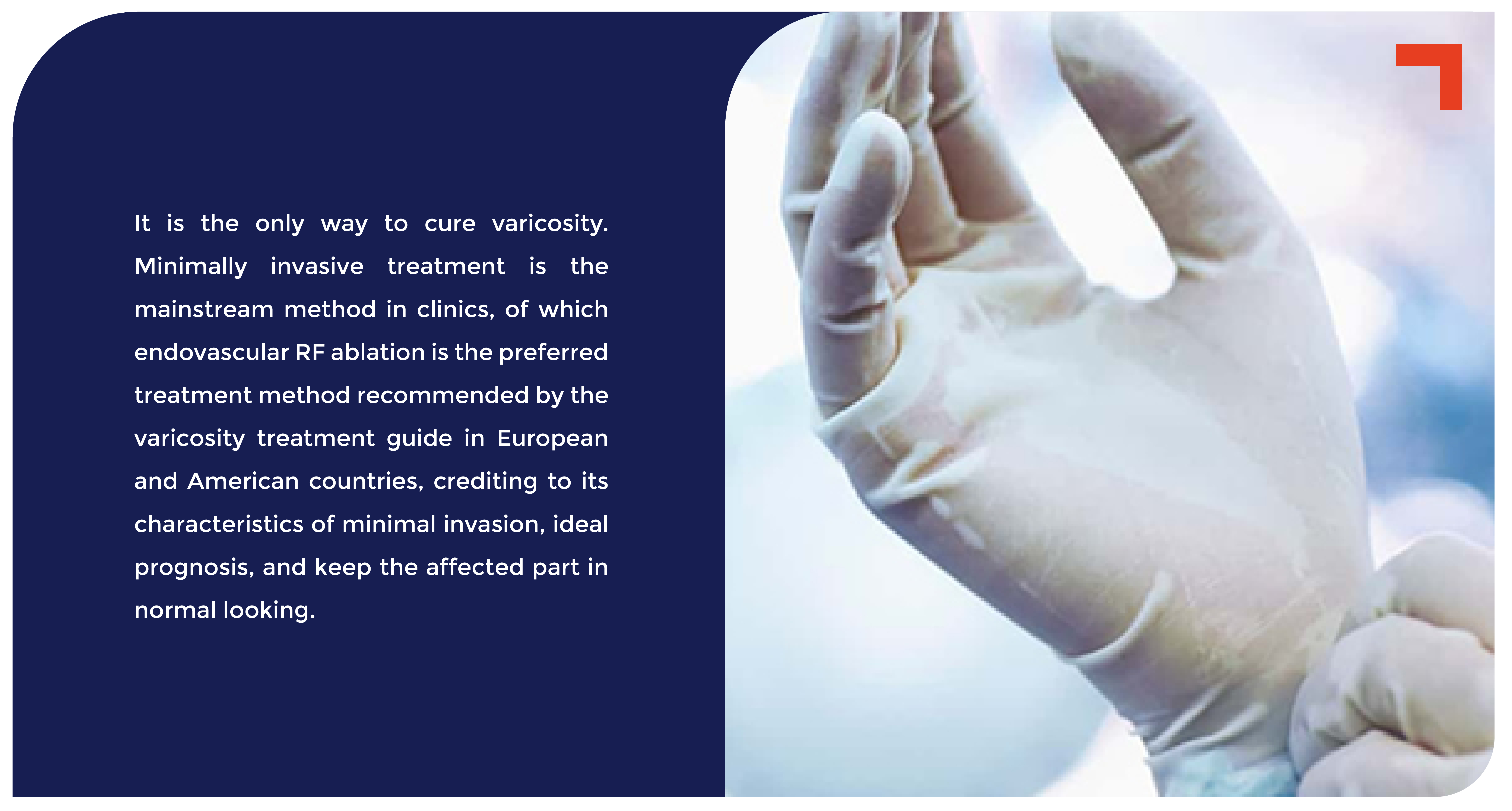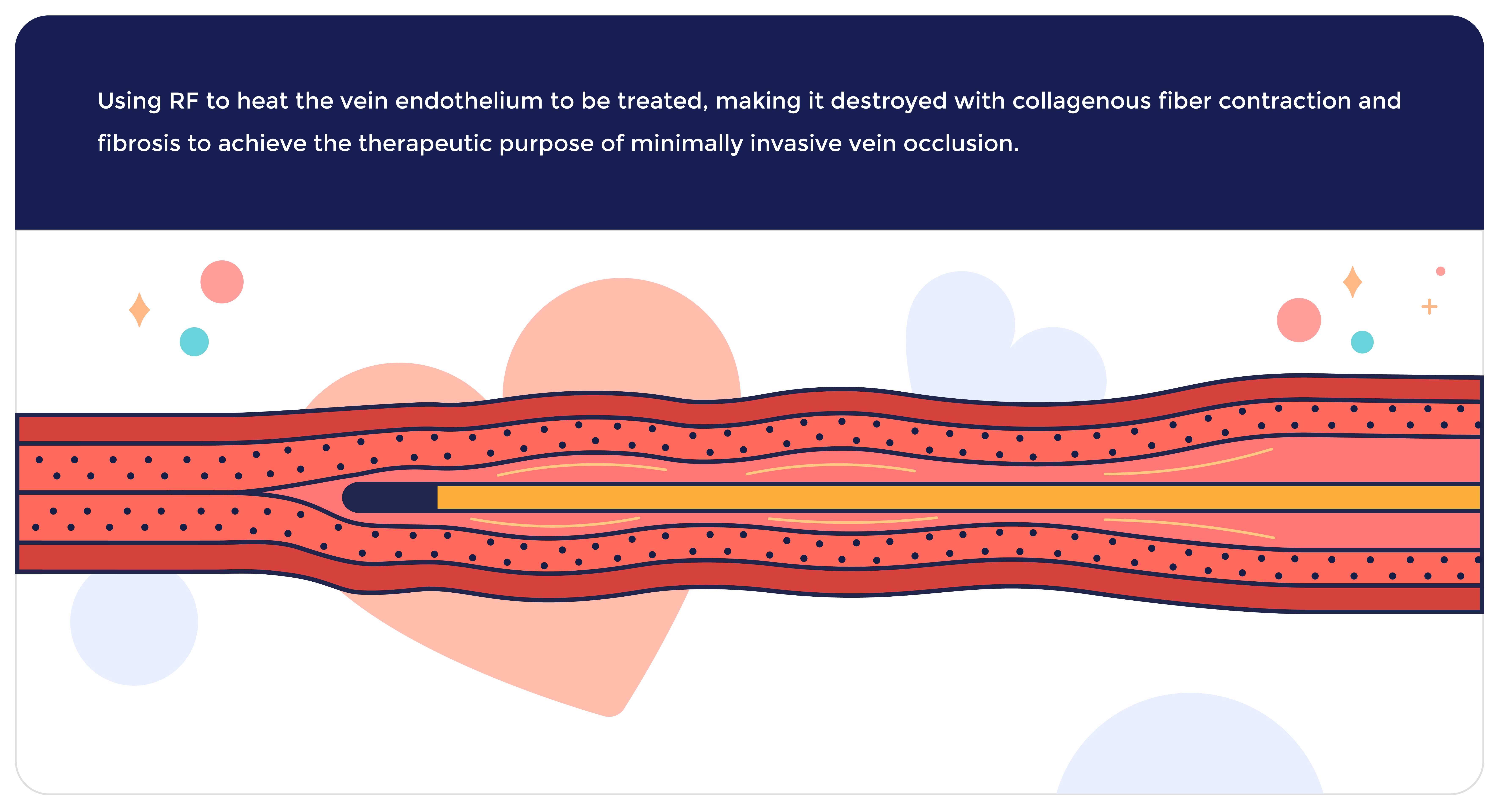
-
About US
About US
- Patients
-
Professional Medical Solutions
Professional Medical Solutions
- News
- Investor Relations

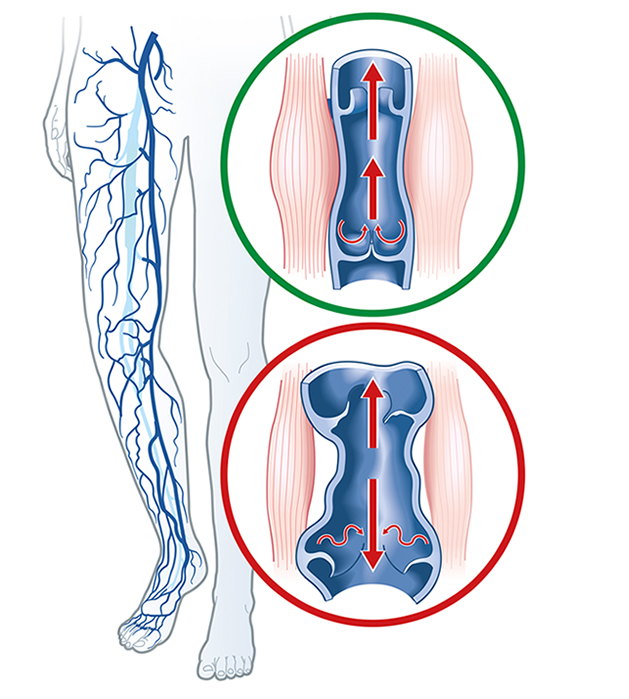
Varicosity refers to the venous tortuosity and hemangiectasis caused by the factors such as hypostasis and thin and weak venous walls. Varicosity can be found in multiple parts of human body, of which esophageal and fundus gastric varices, varicocele, and abdominal wall varoices are also common in clinical practice. The lower limbs are the most common part of occurring varicosity
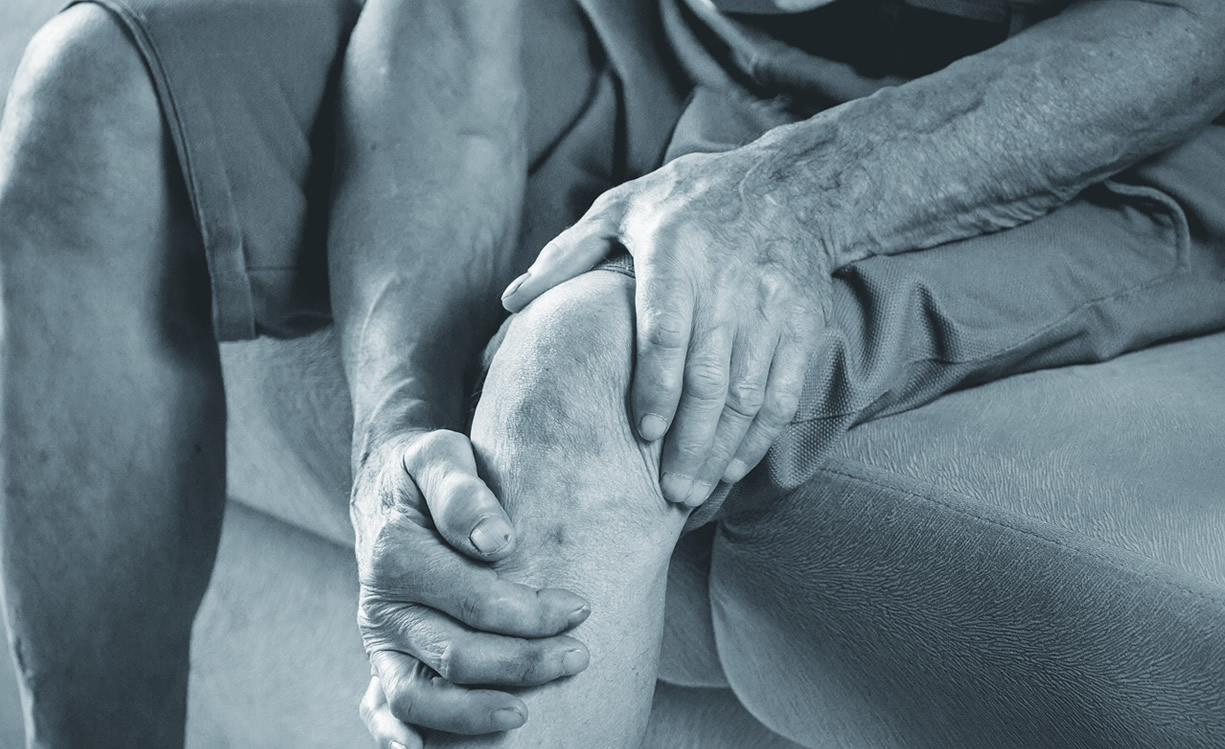
There are many causes of varicosity, and the follows are more widely accepted
Blood reflux caused by venous valve insufficiency leads to venous hypertension, such as primary deep venous valve insufficiency of lower limbs
Proximal venous disorder caused by various causes leads to blood reflux disorder and venous hypertension
Iliac vein compression syndrome, congenital abnormal portal vein formation, etc

Telangiectasis, reticular phlebectasia, and flushed ankle. Although there are no symptoms of discomfort, it still affects the appearance of the legs. It would be best if the patients took measures for prevention as early as possible

When standing, the superficial veins are curved, thickened, and above the skin. The symptoms at this phase have been slightly noticeable, but the varicose parts will disappear after lifting the affected leg/legs or lying down the body, often with calf discomfort

The number of varicose veins increases and leg edema appears, especially becoming severe when standing or being tired. The affected limb is relatively thick, accompanied by skin itch. In severe cases, symptoms such as eczema and stasis dermatitis emerge

Excessive endovascular congestion significantly increases venous pressure. The skin at this phase appears apparent abnormalities, such as flushing, purpling, and even blackening. It will harden, caused by loss of elasticity

This is the phase of severe varicosity. The major clinical manifestation is the blackened and hardened skin appears ulcers under external forces. Self-healing is difficult. The work and life of patients are seriously affected

Ulcers are usually near the ankle joint and the lower leg segment, with unbearable pain. This is the most severe phase of varicosity, leading to amputation or even death
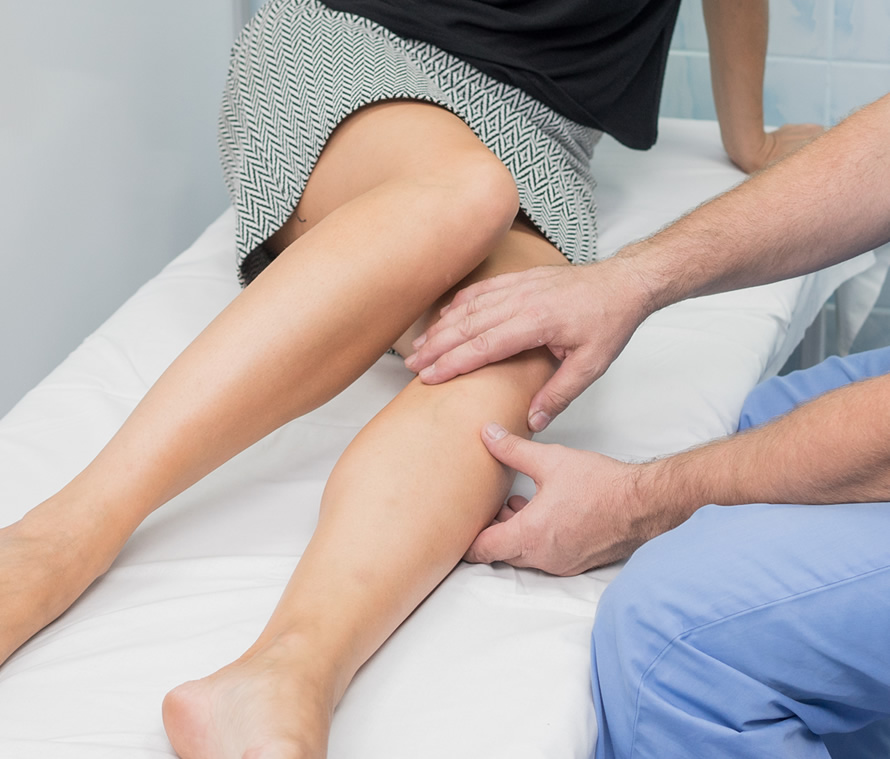
When standing, lower limb surficial phlebectasia and tortuosity can be seen, with lumbricoid tortuosity or clumped veins protruding from the skin. Professional doctors generally adopt the following three traditional examination methods as the preliminary screening in outpatient clinics



Copyright © 2023 先瑞达医疗科技控股有限公司 京ICP备19054161号-2 MINETHINK
